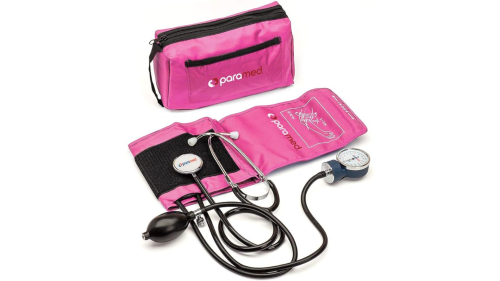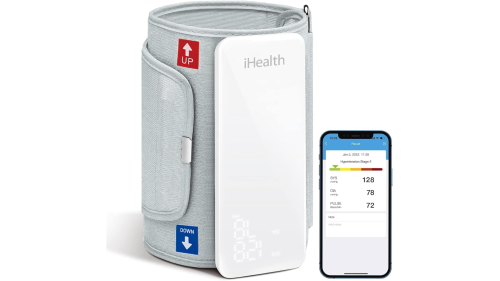“I am not sure, I think I heard 160/80 or something like that,” the new first responder said to me.
When we got back to the station, I shared with him these tips for blood pressure auscultation — which is to listen — with a stethoscope.
- Check the patient’s radial pulse so you know the rate and rhythm you will be hearing.
- Bare the patient’s arm.
- Don the stethoscope with the earpieces angled forward — the same direction as your ear canals.
- Apply the blood pressure cuff snuggly to the patient’s bare arm — over the bicep, not the antecubital space.
- Straighten the patient’s arm to bring the brachial artery closer to the surface of the skin.
- Know the location of the brachial artery as it passes through the antecubital space (this pulse should be palpable at the anterior aspect of the elbow).
- Place the stethoscope where you palpated the brachial artery.
- Don’t place the stethoscope under the cuff — this is not TV.
- After inflating the cuff look away from the sphygmomanometer (the pressure gauge showing the numbers).
- Deflate the cuff slowly until you hear the brachial pulse. Then look at the sphygmomanometer gauge for the systolic blood pressure number.
- Continue slowly deflating the cuff. When you no longer hear the brachial pulse note the number on the sphygmomanometer gauge. That number is the patient’s diastolic blood pressure number.
- If you are going to leave the cuff in place for reassessing the patient’s blood pressure after treatments and during transport, make sure to fully deflate the blood pressure cuff. Even a partially inflated cuff can get uncomfortable for the patient.
If you can’t hear anything, try the patient’s other arm. If that doesn’t work, assess blood pressure by palpation.
Blood pressure is an important vital sign that EMTs and paramedics need to perform quickly and competently on every patient contact.
Blood Pressure Monitors & Cuffs
Top-rated blood pressure cuffs for home monitoring, community paramedicine and EMS students
Ideal for EMT, paramedic and nursing students for clinical practice
Great for EMT, paramedic and nursing students (blue, black or pink)
This article, originally published August 10, 2009, has been updated.








